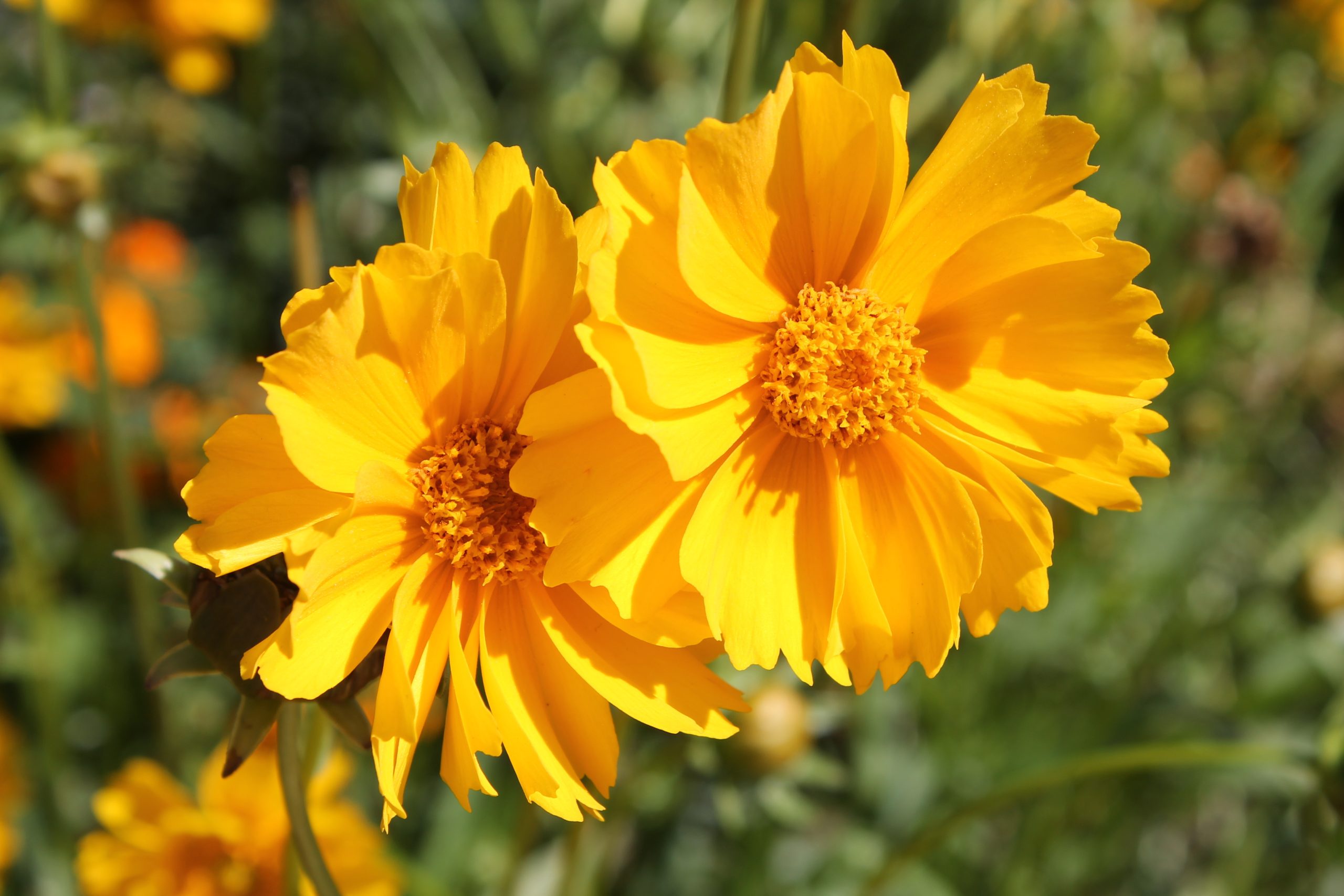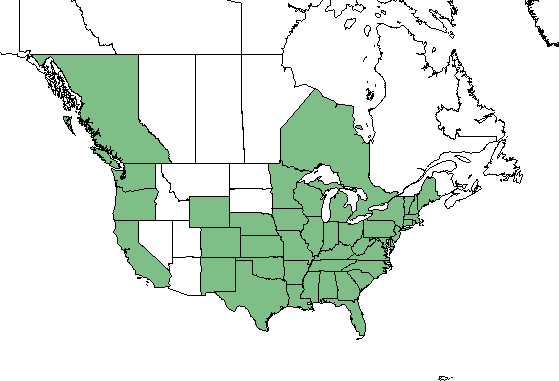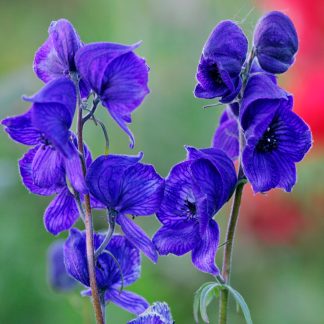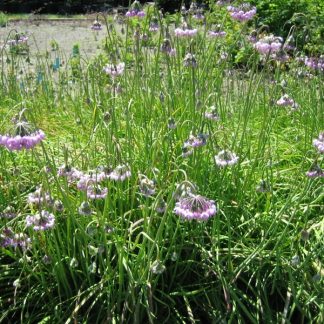Coreopsis lanceolata
lance-leaf tickseed
Habit: a delicate wildflower from the Asteraceae family, this species spreads by rhizomes and reaches up to 2 feet tall. Coreopsis lanceolata features evergreen foliage. Leaves are narrow, lance-shaped and mostly entire, forming dense tufts or rosettes at the base of the plant. A few smaller leaves grow along the stems and are deeply lobed. Daisy-like, yellow flowers are born singly atop slender, erect stems. The blossoms are composed of multiple disk flowers and eight wide, yellow ray flowers with notched tips. The plant is in bloom from spring to early summer.
Ecology: its habitats include prairies, dry open woods, limestone glades and roadsides. It is scattered and widespread across the country. In the west, it occurs in a few small, isolated communities along the Oregon and California coast, as well as interior Washington and California.
Growing conditions: it prefers dry to mesic, well-drained soils and full sun. Its tolerant of heat, drought and poor, sandy or rocky soils. Bees, butterflies and other beneficial insects feed on the pollen and nectar of this native flower. Plants of the Coreopsis genus are the only source of food for the long tongued bee (Anthophoridae bees).
The scientific name of the genus Coreopsis comes from the Greek and means “bug-like”. The scientific name and common name tickseed refer to the appearance of the seeds.
Specs
Herbaceous Perennial
1-2 feet (30-61cm)
1-1.5 feet (30-45 cm)
4 to 9






